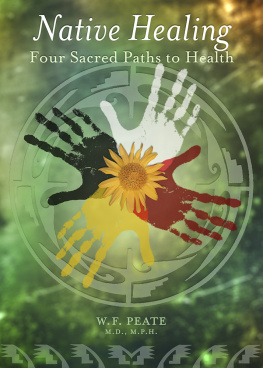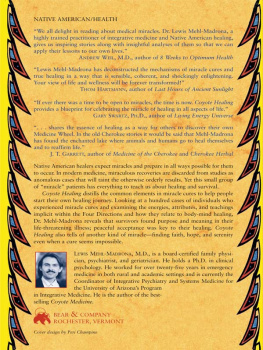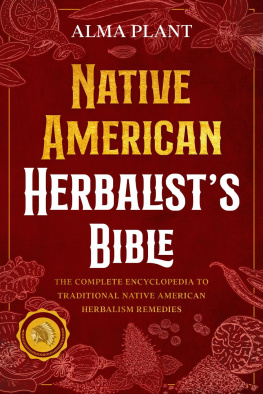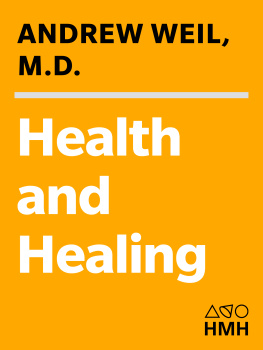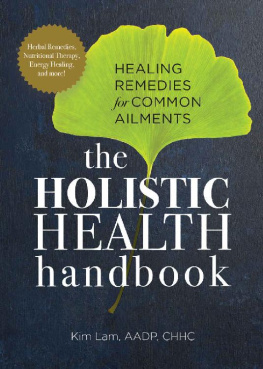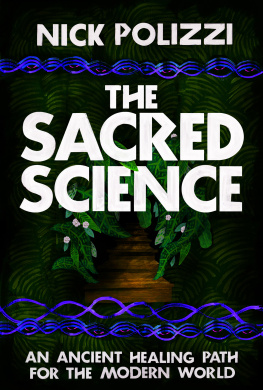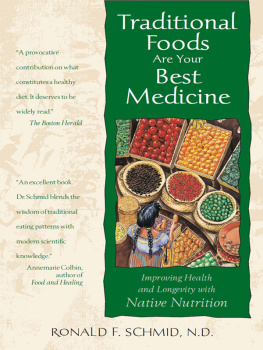Native Healing

Never forget the sky, the earth, the wind, the rain And Great Eagle who brings night and day from the four directions.
Never forget the sun who breathes healthful life on the earth.
Song of the Plains People
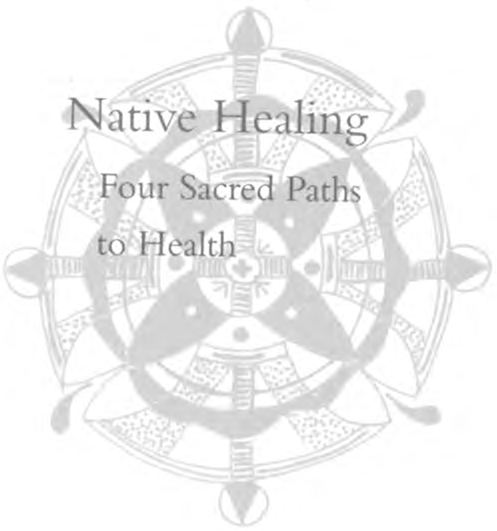
W.F. Peate, M.D., M.P.H.
Rio Nuevo Publishers Tucson, Arizona
Rio Nuevo Publishers
An imprint of Treasure Chest Books
P.O. Box 5250
Tucson, Arizona 85703-0250
(520) 623-9558
Text 2002 by W.F. Peate
All rights reserved. No part of this book may be reproduced, stored, or introduced into a retrieval system, or likewise copied in any form without the prior written permission of the publisher, except for quotes for review.
Library of Congress Cataloging-in-Publication Data
Peate, Wayne F.
Native healing : four sacred paths to health / by W.F. Peate.
p. cm.
Includes index.
Print ISBN: 978-1-887896-39-9
Ebook ISBN: 978-1-940322-13-1
1. Alternative medicine. 2. Indians of North AmericaMedicine. 3. Shamanism. I. Title.
R733 .P396 2002
615.5dc21 2002015427
Design: Charles Alexander Illustrations: Cynthia Miller
10 9 8 7 6 5 4 3 2 1
Disclaimer: This book is designed to offer items of general interest to the reader. It is not intended to address individual problems or to offer medical or legal advice. If you believe you are ill, have any conditions described in this book, or experience symptoms, consult your local health care practitioner. The author specifically disclaims any liability, loss, or risk, personal or indirectly, from the use and application of any of the contents of this book.
Note: Throughout this book, the names of actual patients and healers and their identifying characteristics have been changed in order to maintain confidentiality.
Various terms including American Indian, Native American, Tribal, Native Nations, First Nations, and Native Peoples are currently part of English language usage. All are used by indigenous inhabitants of the Americas, and so all are used interchangeably in this book. To avoid occasional ambiguity the word Native is capitalized in expressions referring to Native healers and healing, as is the word White when it refers to ethnicity.
Acknowledgements: Thanks to Cindy Levack, Hannah Rowland, Jennie Norris, and Jolene Fishel for invaluable word processing assistance; to Ross Humphreys, Susan Lowell, and Ron Foreman for editorial guidance on our journey from an idea to a book; to David Lynn and William Inboden for permission to cite their Recovery Together program; and to Marissa Peate for her poem in . Certain materials in this book are adapted from the authors prior publications: On the Serendipity Road (with James Hine), Genome II, and Cold Peace. Thanks also to Luci Tapahonso for permission to reprint her poem, There is Nothing Quite Like This ( 1987 by Luci Tapahonso) and to Christopher Logue for his untitled poem, reprinted on p. 175 ( 1969 by Christopher Logue).
To all who seek healing
the healers and the healed
of mind, body, and spirit.
May this story give you strength.
Contents
BY LUCI TAPAHONSO
Prelude
There is Nothing Quite Like This
a cream-colored horse
galloping in the sunrise
circling to the east
four times
in the pink morning sky
look, the streaks of purple
in gray clouds
the horse runs hard, raising dust
the dawn is still
we watch
there is nothing quite like this to see
the rider:straw hat and rawhide whip
he yells out on the west side
of the hooghan
he yells out four times on the west
hey!hey!hey!hey!
they have heard
the spirits are coming
they are coming now
the western sky
a matrix of quick lightning streaks
in dark, dark clouds
the lukachukai mountains are damp
dripping with rain
even from here in the desert, we know.
we watch
the cream-colored horse and
the rider with the strong morning yell
take heed,
they circle four times
around the hooghan
they have come
the spirits singing and healing
we are better now for seeing this
a cream-colored horse galloping in circles
the pink sunrise in the warm desert morning
already at 6 am, its hot and we return
to the fires to cook and
catch up on the latest stories around this area.
Luci Tapahonso
Lukachukai: A locality on the Navajo Reservation in northern Arizona.
hooghan: Traditional Navajo dwelling, often spelled hogan.
From A Breeze Swept Through (Albuquerque, NM: West End Press, 1987). 1987 by Luci Tapahonso. Reprinted by permission of the author.
Navajo writer Luci Tapahonso is the author of five collections of prose and poetry. She is a professor of creative writing and American Indian Studies at the University of Arizona.
Introduction
Native Healing: four sacred paths to health

Knowledge is the mother of science. Opinion is the mother of ignorance.
Hippocrates (460377 B.C.)
For centuries Native healers have improved health and changed lives. And today more than ever, Native healers, in combination with Western medicine, offer one of the most effective methods to balance physical with emotional and spiritual healing.
This is a book for everyone, whatever your race, religion, or ethnicity. Maybe you are seeking health and well-being. Possibly you are exploring the power of spirituality and healing. Perhaps you have asked if your physical symptoms and hoped-for recovery are affected by your state of mind. Whatever the reason, you will be rewarded with answers that will enrich your life.
More than ever before, understanding other cultures is essential to our well-being. As you read this book, youll experience a unique vision of how to heal, live, and recover that will forever change the way you think about the world.
Here youll meet many Native healers including Annie, a Dine (Navajo) medicine woman, and Joe, a Yakima practitioner who knows how to go into the light with his patients. Youll read the remarkable story of Rachel, who finds herself sitting in a circle in a sweat lodge, hoping that this last resort will relieve her pain. Youll read the history of Manco Capa, the great Peruvian healer who treats toothache and lassos the sun, and you will meet Skip, a Cherokee doctor and fishermanand a Dartmouth M.D. Youll watch as a Tohono Oodham midwife delivers a baby, and youll listen to the poignant words of dying patients. You will live through a day in the life of a modern medical practitioner who relies on some ancient methods (me). Interspersed throughout the book, these case histories illuminate many aspects of healing in the twenty-first century, including its dark side.
Why bother when we have modern technology?
Native Healing: Four Sacred Paths to Health is not about abandoning effective Western medicine. I certainly havent. Trained in the field of medicine at Dartmouth Medical School and in public health at Harvard University, I currently hold academic appointments in both of those areas at the University of Arizona College of Medicine and College of Public Health in Tucson, where I am also a practicing physician specializing in community medicine. I have served as a medical and public health worker in Africa and Latin America as well as the United States. My interest in Native healing has been growing ever since I first worked as a medical student on the Navajo Reservation in 1980. But it probably began much earlier, for Ive always taken great pride in my descent through my mother from the Mohawk and Onondaga people of upstate New Yorktwo of the Six Nations of the Iroquois.

